In this blog post, I will explore the question you’ve been dying to know: What is the project lifecycle?
We all know that projects differ depending on the organization, team, and overall goal. But they all share one commonality – their project lifecycle.
You’ve likely already heard of the term project lifecycle (also known as project management lifecycle).
But what exactly is the project lifecycle? And how can you manage your projects’ lifecycles effectively?
Read more: My Top 7 Project Management Software.
What Is The Project Lifecycle?
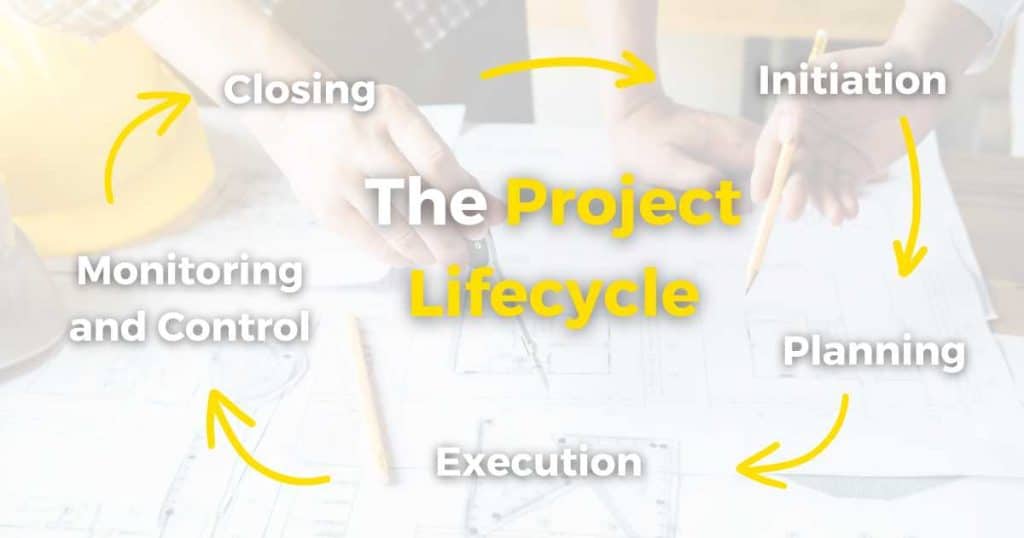
The Project Lifecycle represents a series of stages that a project goes through as it advances.
The lifecycle serves as the fundamental framework for the tasks that must be carried out during the project, regardless of the specific nature of the work involved.
These stages include initiation, planning, execution, monitoring and control, and closing.
By following these five key stages, you should be able to see successful execution of your projects!
Let’s take a closer look at these now.
Project Initiation
The initiation stage is the first stage of any project and involves undertaking numerous sub-activities (usually by the project manager or person responsible).
These activities could include conducting a feasibility study, determining the scope or deliverables and project stakeholders, developing a business case, or drafting a statement of work.
This stage could also involve determining initial costs, pricing, and timelines for the project tasks.
Once all these variables have been established, they need to be approved by stakeholders before the project moves into the next phase.
Project Planning
Once the project has been approved, it progresses into the planning stage!
During this phase, a comprehensive project plan is developed that outlines all tasks, schedules, resources, and constraints involved in the project.
This is also when you should establish a realistic budget for the project.
Additionally, risk assessment and identification take place here, and mitigation plans are formulated to address any potential challenges.
Project Execution
The execution phase is the part of the project you’re likely already familiar with, like executing tasks, deliverables, and milestones defined in the early phases.
Tasks contributing to this phase include developing the team, using key performance indicators to assign resources, and implementing the project plan.
The execution stage could also include overseeing procurement management or scheduling revisions.
Project Monitoring And Control
During the project monitoring and control phase, controls and key performance metrics are established to evaluate the effectiveness of the project execution.
This phase’s significance lies in ensuring that execution proceeds as planned regarding schedule, scope, and budget baselines.
The project manager monitors the project progress, revisits the original plan, makes any necessary modifications, and ensures tasks are completed within the designated timeframe.
Additionally, this phase could involve taking corrective actions to keep things on track.
This step helps team members maintain accountability and transparency and ensures your project objectives are always met!
Project Closing
Once you’ve completed all tasks, the project has been signed off, and all deliverables have been fulfilled, the project enters the closure phase.
At this stage, any relevant documentation should be transferred to the project owner and, if necessary, to an ongoing maintenance organization.
Following this, you must run an analysis of the project to evaluate whether its objectives were achieved on time and within budget.
This helps gain insights into the project’s overall performance (and determine its success in meeting the intended goals!)
How To Manage The Project Lifecycle?
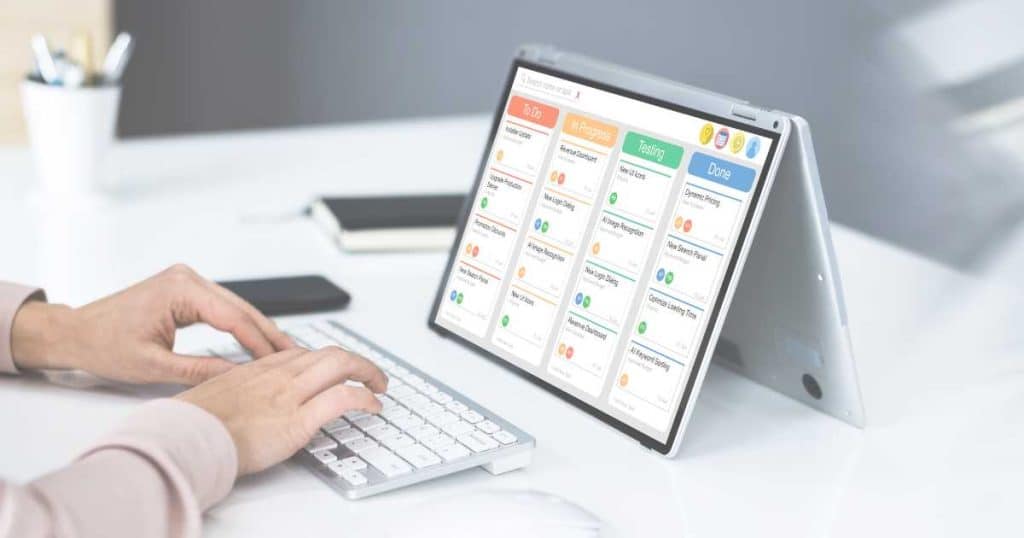
Right! Now that you know what a project lifecycle is, how do you actually manage each project?
Well, instead of using a spreadsheet or paper notes to manage your entire project lifecycles, I suggest using online project management software!
What Is Project Management Software?
Managing multiple projects can be challenging, especially for small businesses without a dedicated project manager.
Project management software offers an affordable and accessible solution for automating, managing, and streamlining teams and projects in one centralized place.
Ultimately, project management software helps keep everything project-related in one place.
Top 3 Project Management Software
Various types of project management software are available, each offering different tools and features.
So, what do you pick? Well, don’t worry! I’ve done all the hard work for you!
I’ve handpicked three of my favorite project management software that I believe can help you accelerate your projects to success.
Monday.com
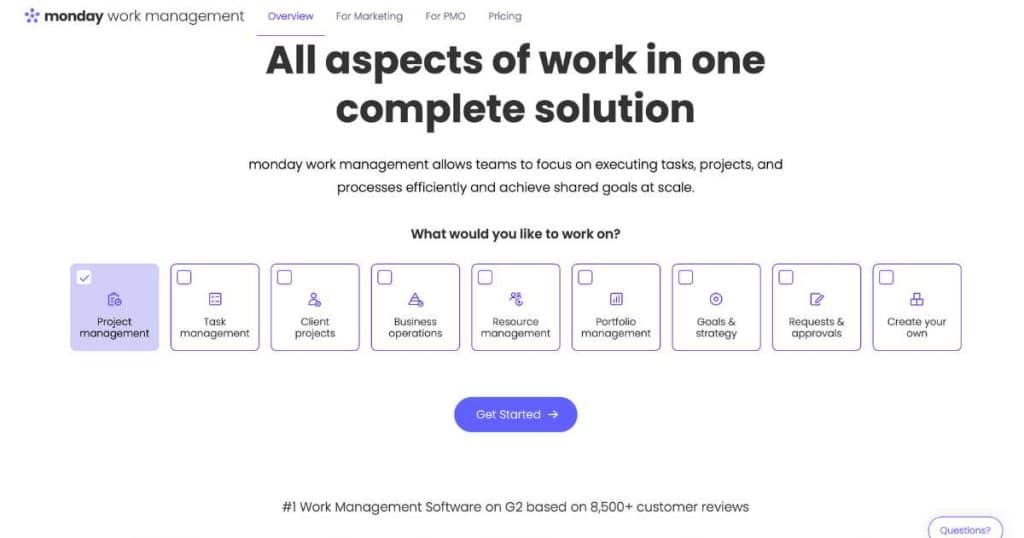
Monday.com is a versatile work operating system that caters to teams looking for a flexible, customizable, and efficient way to manage their projects, workflows, and tasks.
Known for its visually appealing and intuitive interface, free plan, exceptional integrations, templates, and simple automation tools, it’s no wonder so many use Monday.com!
SmartSuite
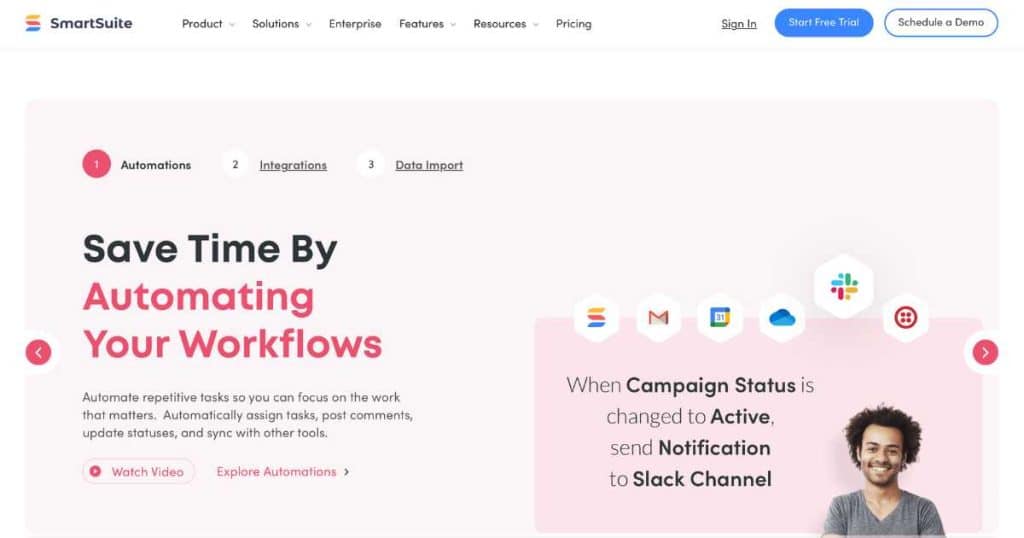
SmartSuite offers an impressive free plan, a fresh interface, and a level of customizability and flexibility that rivals big players like Monday.com and ClickUp.
With over 40 field types available on all pricing plans and high permission control levels, I recommend SmartSuite to all dynamic, growing teams!
Check out my comparison between SmartSuite and Monday.com here.
Trello
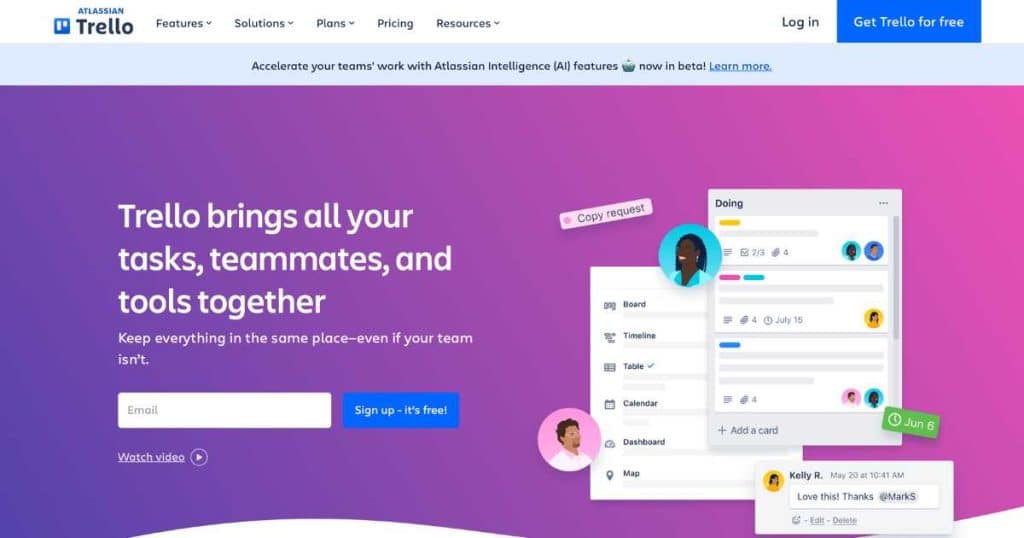
Designed for creators, Trello’s intuitive interface and ‘visual card system’ lets you effectively create, customize, organize, and share projects with your internal team and clients.
One notable feature of Trello is its generous free plan, which allows unlimited users, 10 live projects, and access to various unique features!
Stews Final Thoughts
And there you go! You should now know what the project lifecycle is and how you can effectively manage each phase to accelerate your projects.
It’s worth mentioning that managing the complexities of your unique projects requires a systematic approach.
To achieve this, I recommend using one of the project management tools mentioned above.
By choosing the appropriate project management software, you have the potential to revolutionize your team’s workflow, enhance collaboration, and improve project success.

